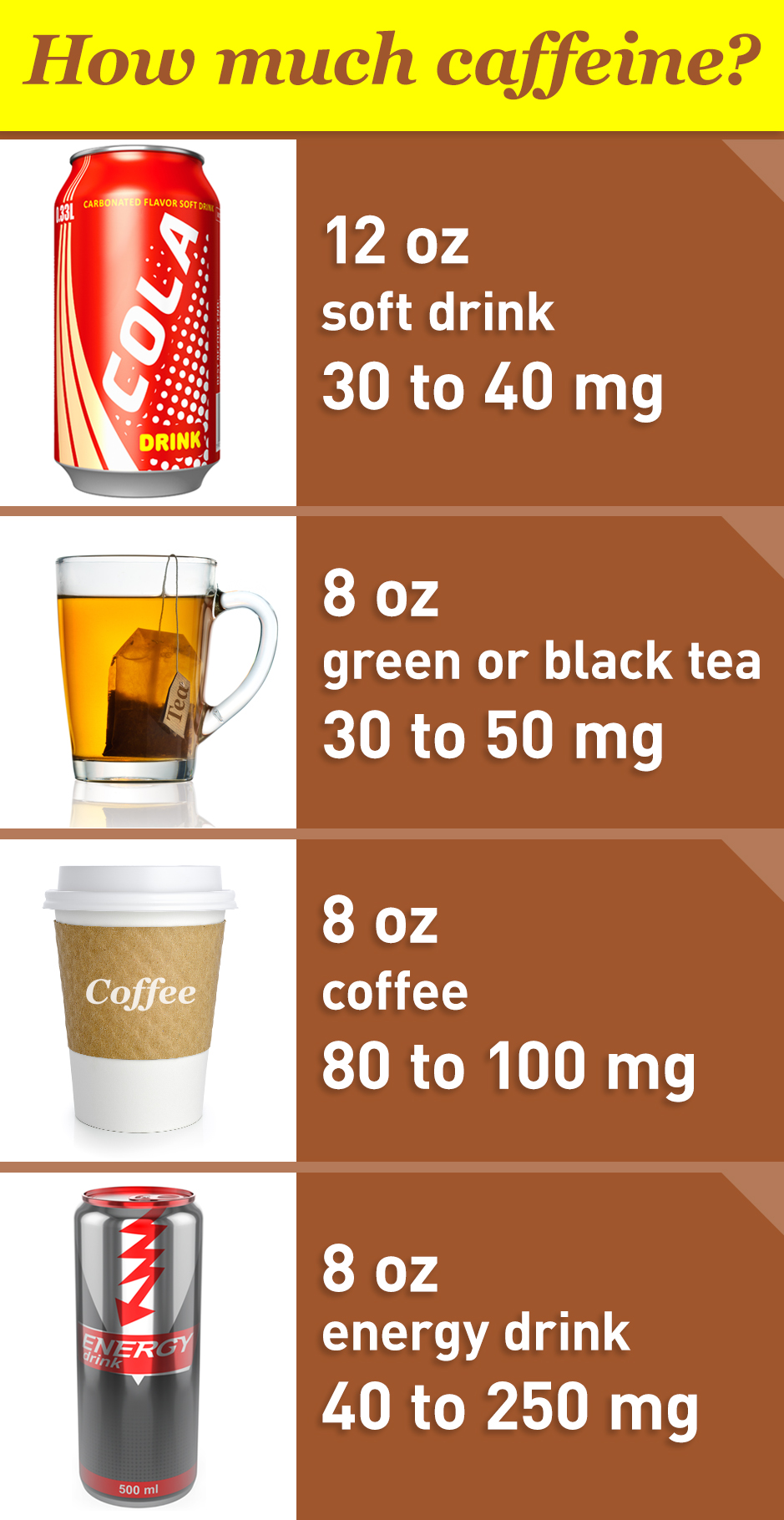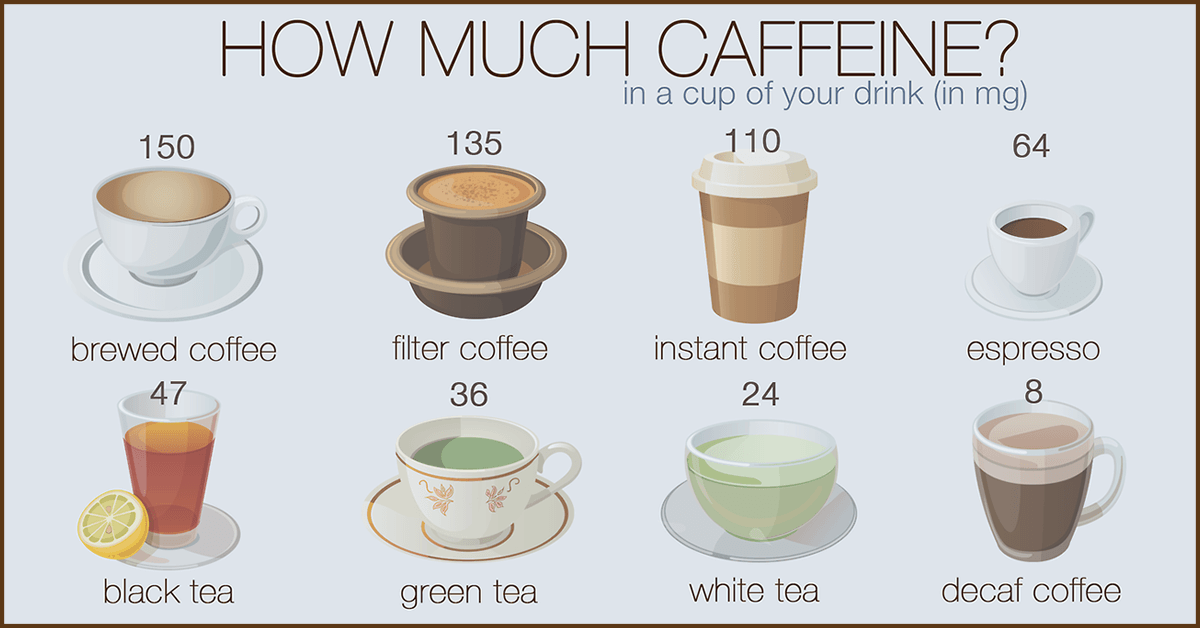


In reality, synthetic and natural caffeine are nearly indistinguishable both are chemically identical. The 2018 Food and Health Survey revealed that over 70 percent of participants either thought caffeine could have a different effect on the body depending on the source (synthetic vs. However, misinformation abounds when it comes to the differences between synthetic caffeine or caffeine that’s derived from plant sources. The FDA regulates added caffeine in five categories of products: foods, beverages, energy drinks, dietary supplements and over-the-counter drugs. What about synthetic caffeine? Where does it come from? Aside from the natural variants, synthetic caffeine is also widely used in familiar foods and beverages and even extends as far as water, gum and personal hygiene products! Other natural sources of caffeine include guarana berries, guayusa and the yaupon holly. Found in more than 60 species of plants across the globe, caffeine comes from the seeds of coffee beans, cacao beans and Kola nuts the leaves and buds of tea the leaves of Yerba mate and in the bark of Yoco.

What are the natural sources of caffeine? Natural caffeine is extracted from the plant to be used in different foods and beverages. By the 17 th century, coffee, tea and chocolate had become firmly entrenched in the social and practical customs of much of the West. The popularity of these drinks soon spread, and demand increased in the rest of the world. Similarly, cacao played an important role in the daily lives of pre-Columbian civilization in Central and South America. When chronicling the history of caffeine, it’s difficult to separate the apocryphal from fact.Ĭoffee in its modern incarnation most likely has its origins in Arabia during the Middle Ages, while tea has been enjoyed in China since before the Common Era. As you sip on your morning latte, consider that the consumption of caffeine is rooted in antiquity, dating back to ancient times, shrouded in centuries of myth and legend.


 0 kommentar(er)
0 kommentar(er)
